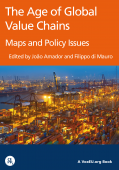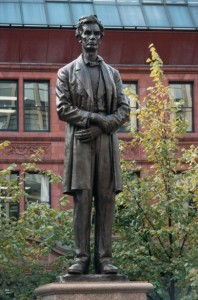Last week I attended the European Advisory Board meeting of Princeton University Press, the theme of the discussion being the role of university presses in the globalized 21st century. A while ago Sam Leith had an interesting article in the Guardian praising university presses for their stewardship of non-fiction publishing at a time when many commercial publishers have become fearful ‘me-too’ merchants. It could seem paradoxical: the university presses’ freedom from short term commercial pressure has created the conditions for longer term success, at least for some. Happily, Princeton University Press is one of those that’s thriving. There is a huge appetite for ideas, and the scholarly presses publishing books that address a wider audience than only academics and their libraries have been there to meet it. The appetite is also global, and again a small group of university presses have addressed the global market (much of PUP’s recent growth has been outside its home market in the US).
The other question is what will the ‘university’ part of ‘global university press’ look like in a decade or two? Higher education is ripe for disruption. It seems clear now this will not take the form of MOOCs, although they will have their market. Yet who knows what shape exactly it will take. One of my advisory board colleagues suggested publishing could be able to provide the true interdisciplinarity modern global issues require, whereas traditional university departmental silos discourage it. My hunch is that keeping a clear focus on the ‘product’ being the provision of ideas and scholarship to readers of all kinds around the world, and being agnostic about the exact means of delivering those ideas, will be the way to ride out disruptive technologies. A ‘freemium’ approach looks a good bet too: for example, the open access Digital Einstein website alongside the Quotable Einstein along with many other of his books for sale. (I note by the way there’s a holiday discount at the moment on purchases via the PUP website!)
My latest three books have been published by Princeton, and I’m delighted to be associated with such a distinguished purveyor of ideas to the world. During the holidays I’ll do my look ahead to forthcoming books in 2016 (publishers – do send me catalogues if you haven’t already) but here’s a trailer for just a few PUP titles for 2016: [amazon_link id=”B017MVYMSA” target=”_blank” ]Money Changes Everything: How Finance Made Civilization Possible[/amazon_link] by William Goetzmann; [amazon_link id=”0691167400″ target=”_blank” ]Success and Luck: Good Fortune and the Myth of Meritocracy[/amazon_link] by Robert Frank; and – just arrived at Enlightenment Towers, due for publicaiton on 27 January, Robert Gordon’s [amazon_link id=”B0131KW67U” target=”_blank” ]The Rise and Fall of American Growth: The US Standard of Living since the Civil War[/amazon_link]. I’m really looking forward to reading this over the holiday, & spoiling for a fight with Prof Gordon – but who knows, maybe he’ll win me over to his ‘innovation is so over’ thesis.
[amazon_image id=”B017MVYMSA” link=”true” target=”_blank” size=”medium” ]Money Changes Everything: How Finance Made Civilization Possible[/amazon_image] [amazon_image id=”0691167400″ link=”true” target=”_blank” size=”medium” ]Success and Luck: Good Fortune and the Myth of Meritocracy[/amazon_image] [amazon_image id=”B0131KW67U” link=”true” target=”_blank” size=”medium” ]The Rise and Fall of American Growth: The U.S. Standard of Living since the Civil War (The Princeton Economic History of the Western World)[/amazon_image]


